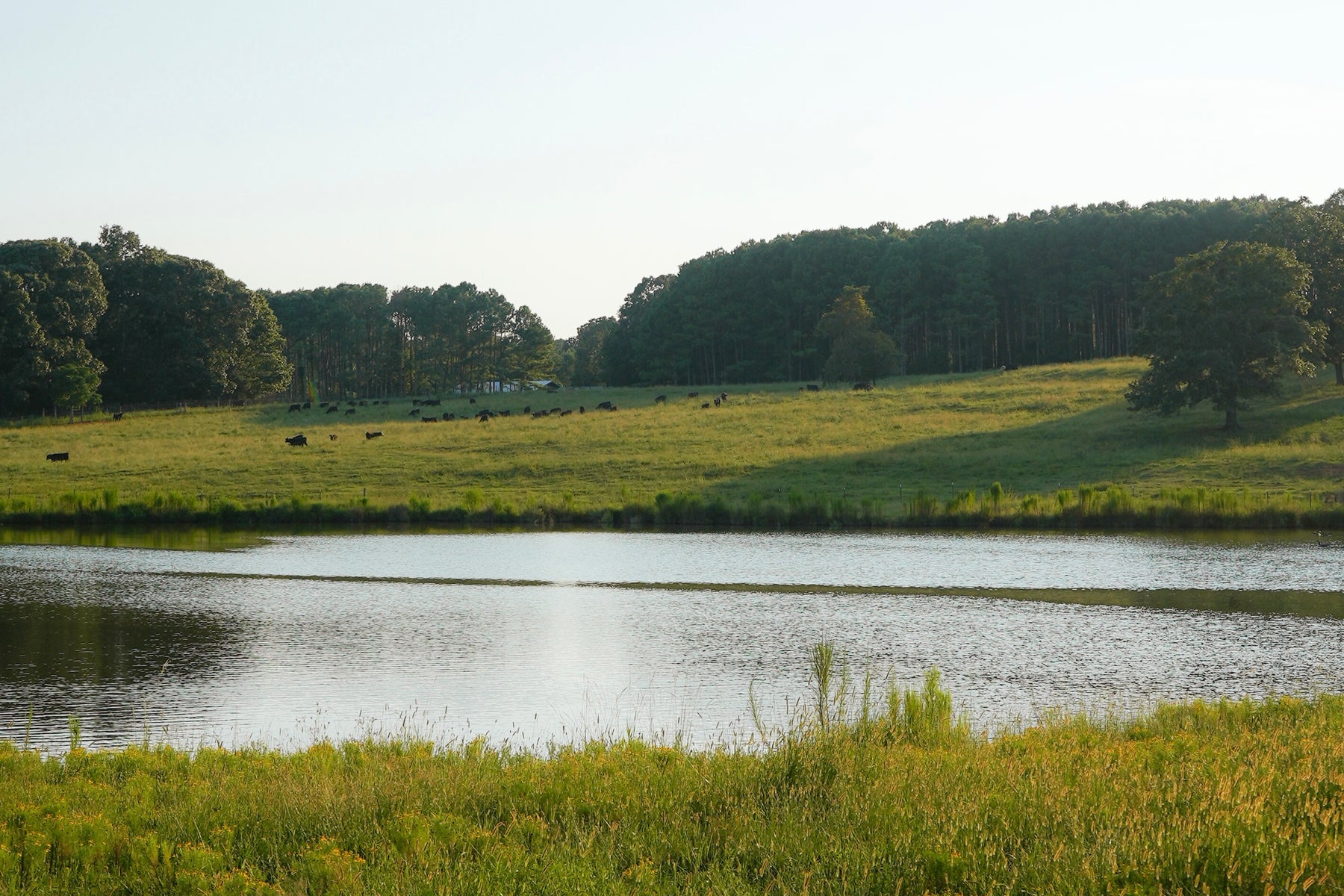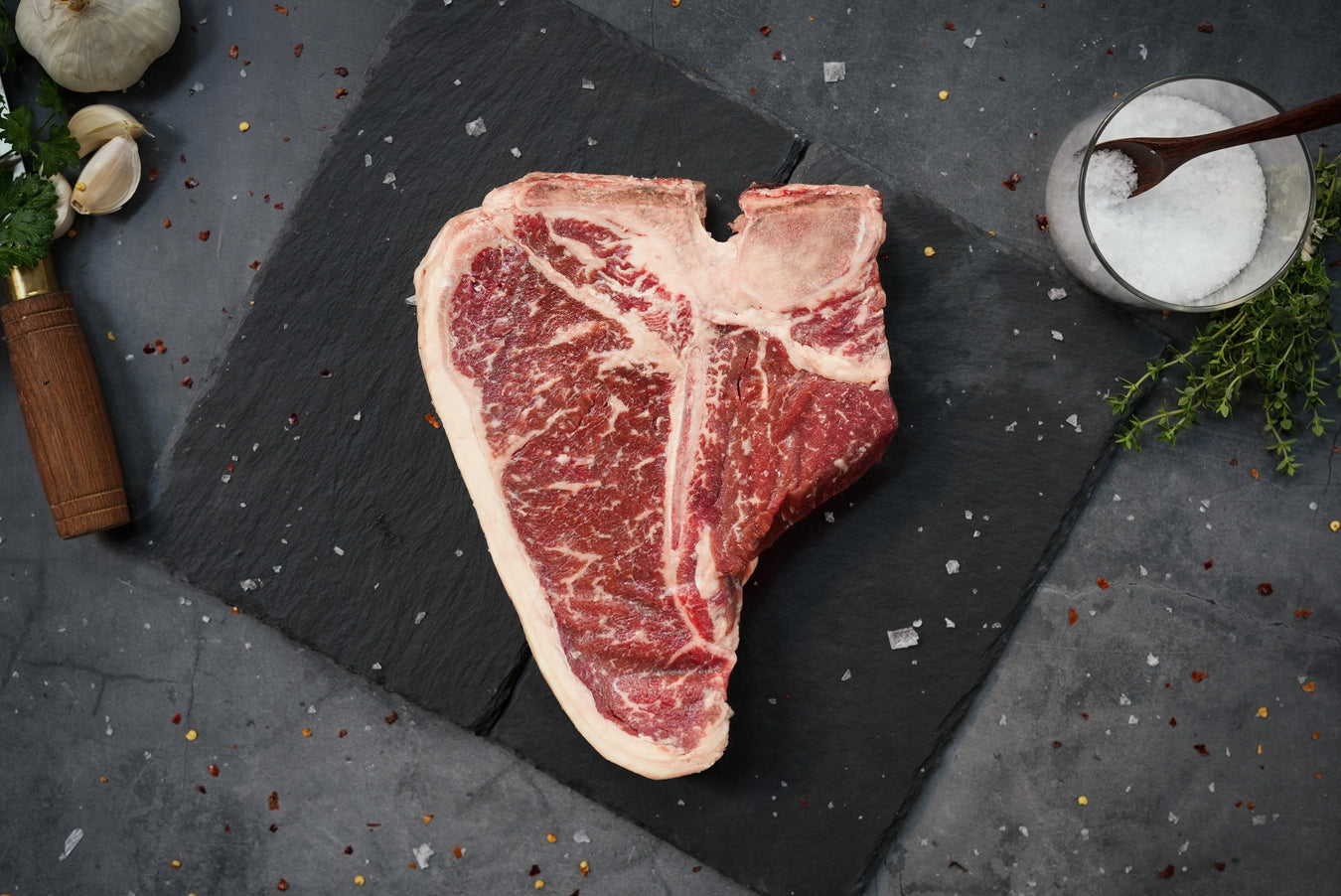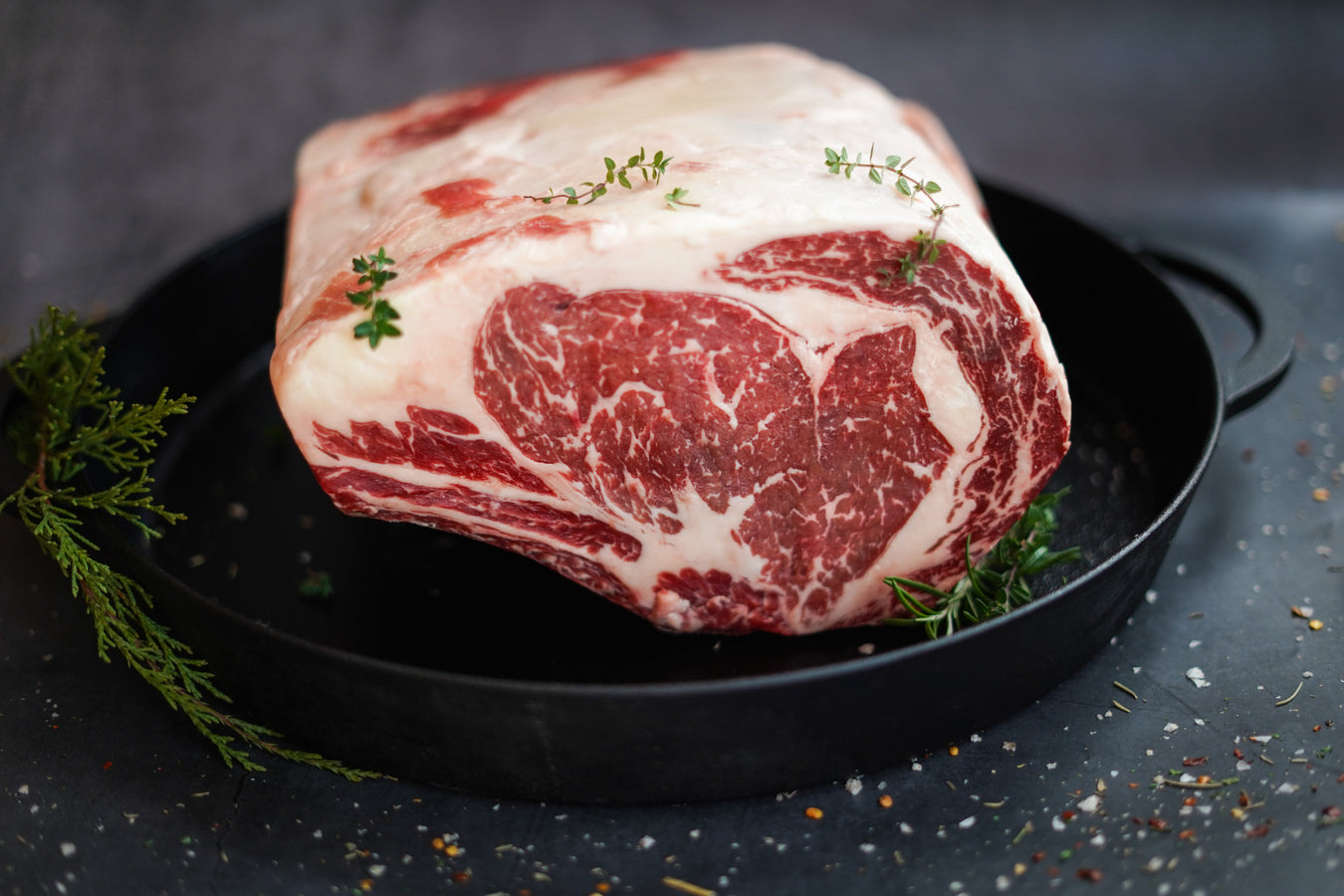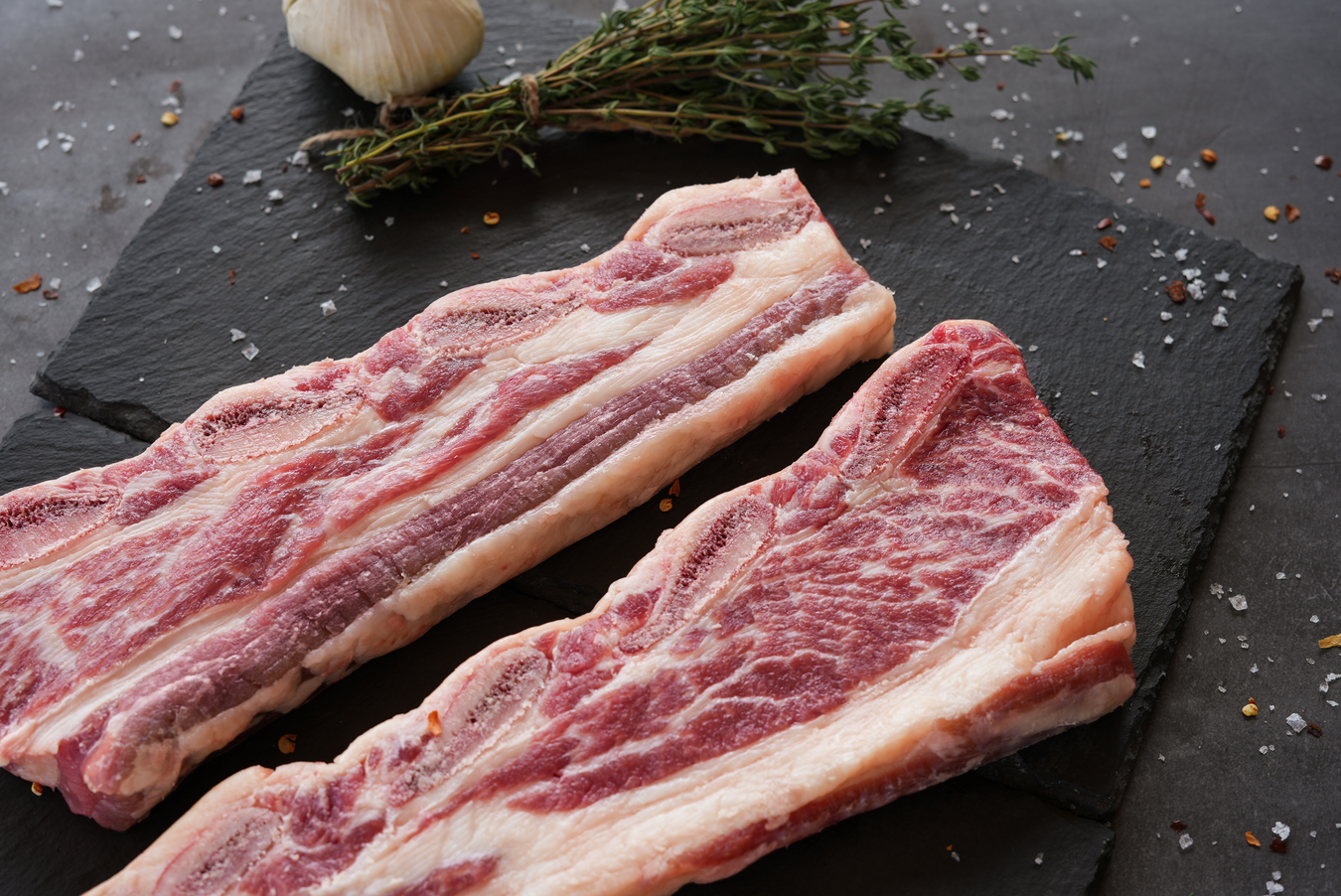
The Truth About Water Footprints and Pastured Beef
You may have heard the saying that reducing your red meat consumption can significantly lower your water footprint. It’s a claim often repeated in discussions about sustainability, but let me tell you why this statement can be misleading, especially when it comes to pastured operations like ours.
On our farm, our cattle's primary water source comes from streams fed by natural springs located on our property. These springs have a consistent flow rate, independent of whether or not our cattle are drinking from them. This means that the notion of our livestock depleting freshwater supplies is a misconception. The water isn’t being extracted from the springs any faster just because our cattle are drinking it.



In fact, once our cattle consume this water, it doesn't just disappear. Through natural processes like urination, perspiration, respiration, and manure, our cattle essentially recycle the water back into the environment. These processes contribute to replenishing the local ecosystem, promoting a natural and sustainable water cycle. Over time, these natural cycles help slowly recharge aquifers, ensuring that water is not lost but rather returned to the system. If our cattle weren’t drinking from these springs, the water would simply flow downstream into creeks, make its way to the Chattahoochee River, and eventually reach the ocean, where it would be converted into saltwater anyway.
In contrast, consider the water footprint of some monocultural crops that rely heavily on irrigation. These crops often require water to be pumped from underground aquifers at rates much higher than they would naturally replenish. This practice can lead to depletion of local water resources, often leaving aquifers drained and the local ecosystem stressed. When you compare this to the water usage of pastured beef, which relies on natural water sources without the need for excessive irrigation, it becomes clear that our beef actually has a smaller water footprint.
What many people don’t realize is that water used in natural systems, like the springs on our farm, is part of a regenerative cycle. It's used, filtered, and returned in a sustainable manner. On the other hand, water extracted for irrigation purposes in large-scale crop production can lead to depletion, especially when it's not part of a regenerative cycle.
So next time you hear that reducing red meat consumption is the best way to lower your water footprint, remember that not all beef production is created equal. Beef from pastured operations like ours, which utilize natural water sources and contribute positively to the local ecosystem, can have a much smaller water footprint than irrigated crops.
Understanding the nuances of water usage and sustainability is key to making informed choices that truly benefit the environment.






Leave a comment